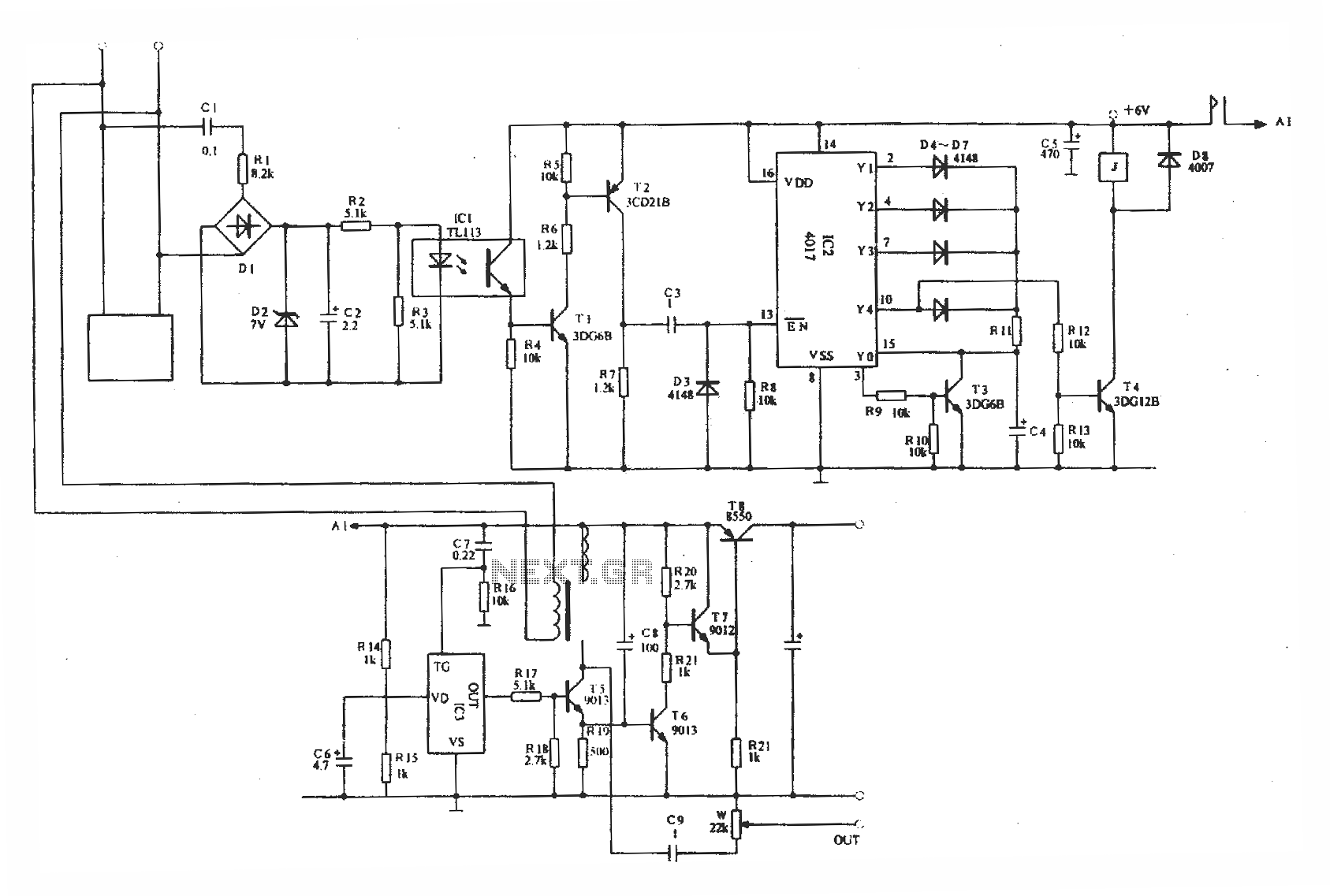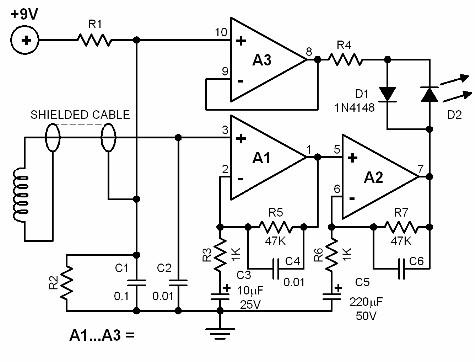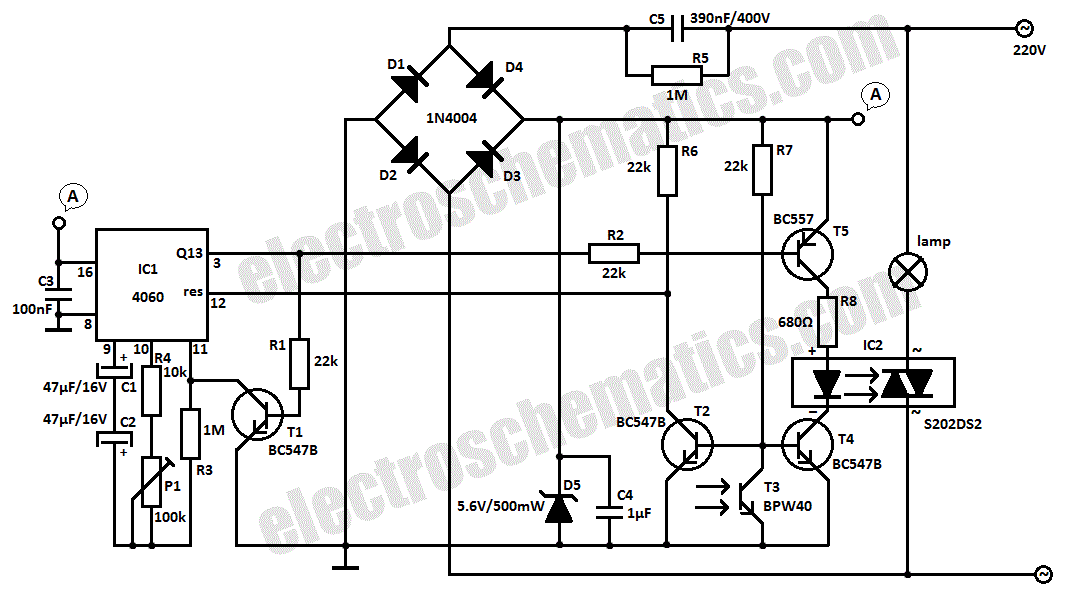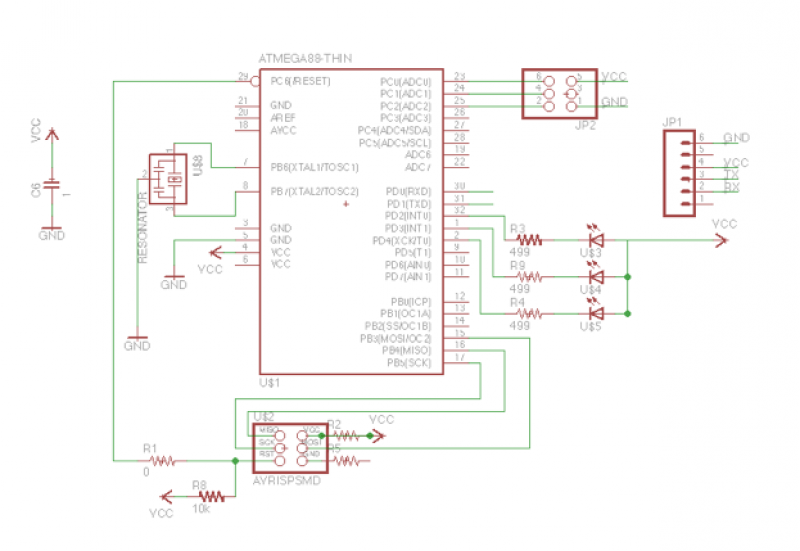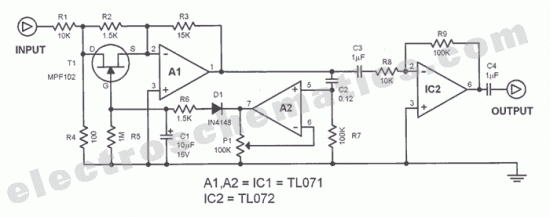
Auto Stud Sensor
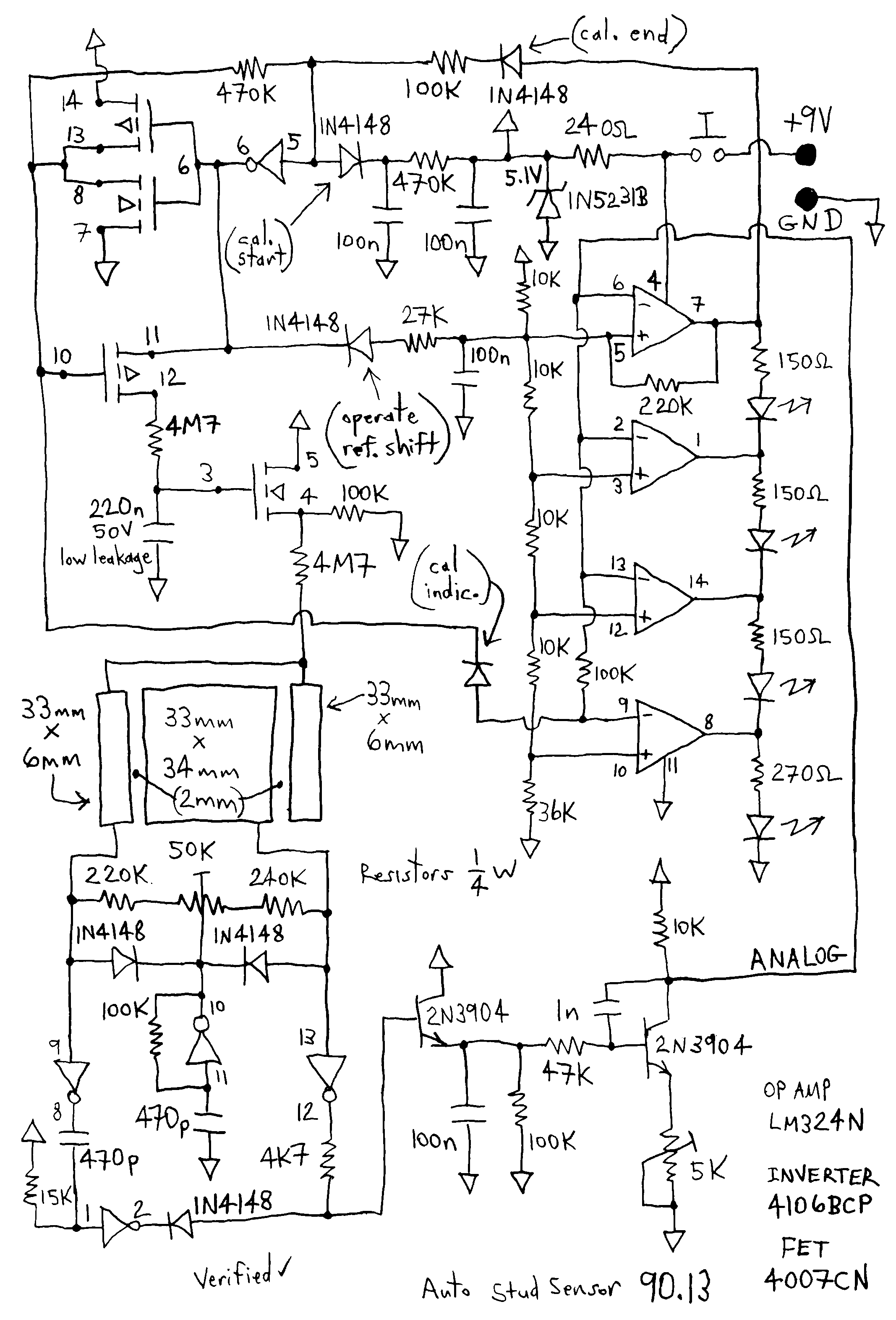
This thing is a very nifty capacitive sensor. For you europeans, this little gem is used in north america mostly for detecting wooden beams behind drywall or plaster. I'll take one of these over the new design any day, because these ones don't error out every time you try to use them in a non-standard way.
The capacitive sensor described is a device that operates on the principle of capacitance measurement to detect the presence of objects, specifically wooden beams behind drywall or plaster. Capacitive sensors work by measuring changes in capacitance caused by the proximity of conductive or dielectric materials. In this case, the sensor is designed to sense the dielectric properties of wood, which differ significantly from those of drywall or plaster.
The device typically consists of a capacitive sensing element, an oscillator circuit, and a signal processing unit. The sensing element is usually made from conductive materials arranged in a specific configuration to form a capacitor. When the sensor is brought near a wooden beam, the capacitance changes due to the dielectric constant of the wood, which is higher than that of the surrounding materials.
The oscillator circuit generates a signal that varies with the capacitance value. This signal is then processed by the signal processing unit, which interprets the changes in capacitance and determines whether a wooden beam is present. The output can be visualized through LEDs or a digital display, providing a clear indication of the detection status.
This capacitive sensor is particularly advantageous for non-destructive testing applications, as it allows users to locate wooden beams without damaging the surface material. Its reliability in various conditions makes it a preferred choice over newer designs that may have limitations in detecting non-standard materials or configurations. The robustness of this sensor enables it to perform consistently, even in challenging environments, thus enhancing its usability for construction and renovation projects.This thing is a very nifty capacitive sensor. For you europeans, this little gem is used in north america mostly for detecting wooden beams behind drywall or plaster. I`ll take one of these over the new design any day, because these ones don`t error out every time you try to use them in a non-standard way.
🔗 External reference
The capacitive sensor described is a device that operates on the principle of capacitance measurement to detect the presence of objects, specifically wooden beams behind drywall or plaster. Capacitive sensors work by measuring changes in capacitance caused by the proximity of conductive or dielectric materials. In this case, the sensor is designed to sense the dielectric properties of wood, which differ significantly from those of drywall or plaster.
The device typically consists of a capacitive sensing element, an oscillator circuit, and a signal processing unit. The sensing element is usually made from conductive materials arranged in a specific configuration to form a capacitor. When the sensor is brought near a wooden beam, the capacitance changes due to the dielectric constant of the wood, which is higher than that of the surrounding materials.
The oscillator circuit generates a signal that varies with the capacitance value. This signal is then processed by the signal processing unit, which interprets the changes in capacitance and determines whether a wooden beam is present. The output can be visualized through LEDs or a digital display, providing a clear indication of the detection status.
This capacitive sensor is particularly advantageous for non-destructive testing applications, as it allows users to locate wooden beams without damaging the surface material. Its reliability in various conditions makes it a preferred choice over newer designs that may have limitations in detecting non-standard materials or configurations. The robustness of this sensor enables it to perform consistently, even in challenging environments, thus enhancing its usability for construction and renovation projects.This thing is a very nifty capacitive sensor. For you europeans, this little gem is used in north america mostly for detecting wooden beams behind drywall or plaster. I`ll take one of these over the new design any day, because these ones don`t error out every time you try to use them in a non-standard way.
🔗 External reference
